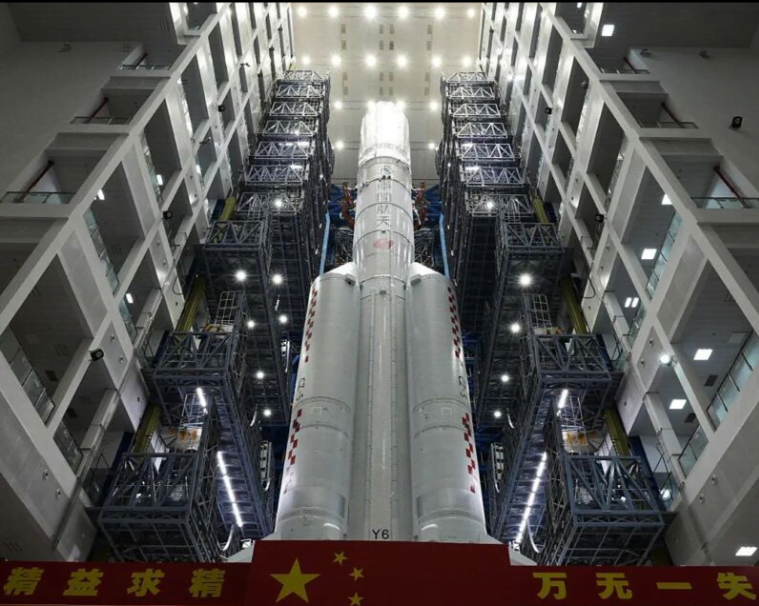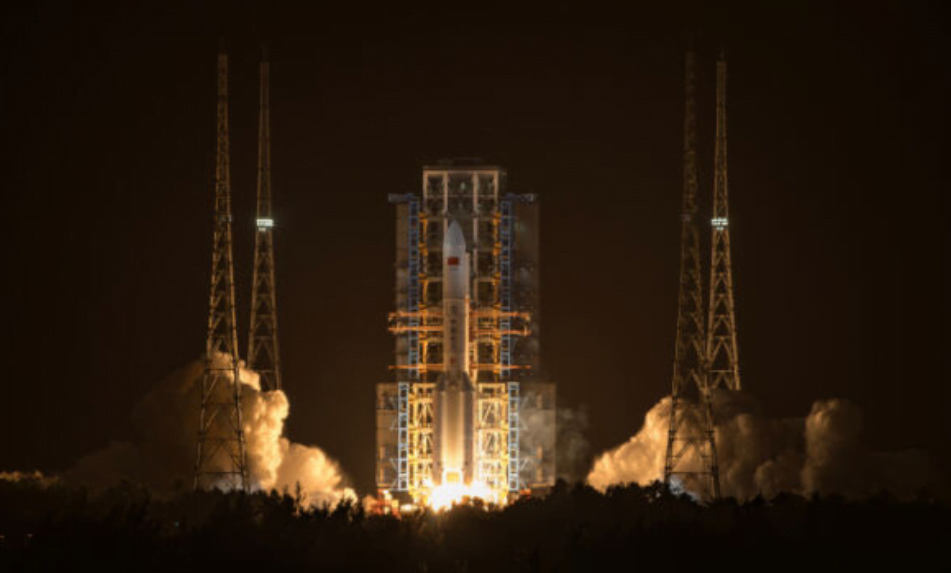China launched Spy Optical Satellite Yaogan-41 in geostationary orbit by using its most powerful launch vehicle Long March 5 on 15 December 2023 from the coastal Wenchang Satellite Launch Centre.
The satellite is intended for applications such as land surveying, estimating crop yields, managing the environment, issuing meteorological warnings and forecasts, as well as participating in comprehensive disaster prevention and reduction efforts.

Although external observers believe that satellites in the Yaogan series are designated for military purposes, the classified nature of the mission indicates that Yaogan 41 is intended for at least partial military use.
Yaogan-41 Satellite
CASC ( China Aerospace Science and Technology Corporation ) revealed that its China Academy of Space Technology (CAST) subsidiary was involved in the construction of Yaogan-41 (“Remote Sensing-41”). A new, elongated payload fairing, measuring 18.5 meters in length and 5.2 meters in width, has covered the spacecraft. This is an increase from the previous fairings, which were 12.3 meters long. The state news agency Xinhua described the satellite as an optical remote sensing satellite.
“China Aerospace Science and Technology Corporation” (CASC) is a state-owned entity responsible for the development and implementation of space activities and technologies in China.
The successful launch has boosted China’s capabilities in remote sensing from space. Yaogan-41 is expected to take its place in a geostationary orbit, roughly 35,786 kilometers above the Earth’s equator, maintaining a fixed position relative to a specific point on the Earth’s surface. This strategic vantage point will enable it to consistently observe approximately three-quarters of the Earth’s surface. The geostationary optical data it provides will prove valuable for various purposes, including data security, weather science, climate studies, and environmental monitoring.
Yaogan-41 has an optical payload that has limitations on daytime visibility in cloud-covered areas. While Chinese officials haven’t disclosed the exact capabilities of Yaogan 41, it suggests that China could have equipped it with a powerful telescope for observing from space. This raises concerns about vigilance over activities beyond certain borders, particularly in monitoring the movements of Indian defense forces and vessels in the extensive Indian-Pacific region.
You may also like Chang’e 6 Mission: China’s Lunar Sample Collection from the Hidden Side of the Moon
Read also Iran’s Ambitious Plan: Iran’s Human Space Mission Set for 2029
Read Also Aditya L1 status: Live tracking and location of Aditya L1

